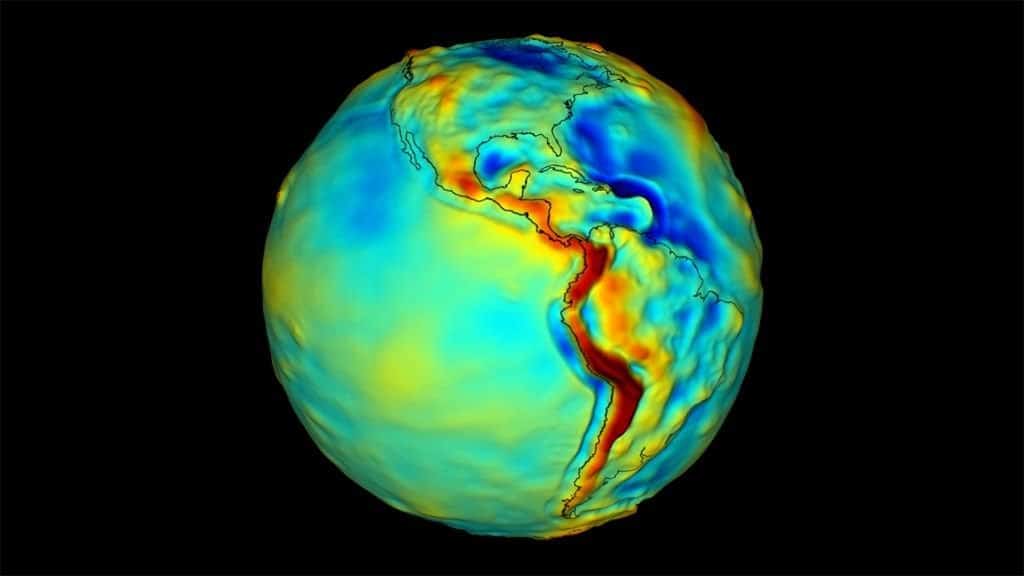NASA Gears Up to Launch Pioneering Quantum Sensor for Measurement

NASA is embarking on an innovative journey to develop the first space-based quantum sensors designed for precise gravitational measurements. Collaborating with commercial companies and academic institutions, the Jet Propulsion Laboratory (JPL) is at the forefront of this groundbreaking initiative. The Quantum Gravity Gradiometer Pathfinder (QGGPf) will utilize ultracold rubidium atoms as weights, enabling it to deliver highly accurate readings over extended periods. This compact instrument, measuring just 0.3 cubic yards and weighing approximately 275 pounds, promises to surpass the sensitivity of traditional gravity sensors by a significant margin.
Revolutionizing Gravitational Measurement
NASA’s Jet Propulsion Laboratory, in partnership with private companies and academic institutions, is set to revolutionize how we measure gravity. The QGGPf mission, backed by NASA’s Earth Science Technology Office (ESTO), aims to provide unprecedented insights into Earth’s subsurface features, including natural resources like petroleum and freshwater. The gravitational field of our planet is constantly changing due to geological processes, making accurate measurements essential. By employing gravity gradiometers, scientists can map the nuances of Earth’s gravitational field and connect them to underground structures such as mineral deposits and aquifers.
The QGGPf will utilize two clouds of ultracold rubidium atoms as test masses. By measuring the differences in acceleration between these matter waves, the instrument can identify gravitational anomalies with remarkable precision. This advanced system ensures that space-based gravity measurements remain reliable over time while being smaller and lighter than conventional instruments.
Advancing Technology for Earth Science
The primary goal of the QGGPf technology validation mission is to explore novel techniques for manipulating interactions between light and matter at the atomic level. JPL is collaborating with companies like AOSense and Infleqtion to enhance sensor head technology, while NASA’s Goddard Space Flight Center partners with Vector Atomic to improve the laser optical system. These collaborations highlight the synergy between NASA and emerging quantum-focused enterprises, fostering innovation in space technology.
The outcomes of this Pathfinder project could significantly enhance our understanding of Earth and other celestial bodies. By advancing our capabilities in gravitational measurement, scientists may unlock new avenues for exploration and deepen our comprehension of the fundamental role gravity plays in shaping the universe.
Potential Applications in Planetary Science
The implications of the QGGPf extend beyond Earth, with potential applications in planetary science and fundamental physics. The enhanced sensitivity of quantum sensors could allow researchers to investigate gravitational fields on other planets and moons, providing insights into their geological and atmospheric characteristics. This technology could also aid in the search for extraterrestrial resources and contribute to our understanding of the universe’s formation and evolution.
As the project progresses, NASA anticipates that the QGGPf will pave the way for future missions that leverage quantum technology for scientific discovery. By harnessing the power of quantum sensors, researchers hope to unlock new knowledge about our planet and beyond, ultimately enriching our understanding of the cosmos.
Observer Voice is the one stop site for National, International news, Sports, Editor’s Choice, Art/culture contents, Quotes and much more. We also cover historical contents. Historical contents includes World History, Indian History, and what happened today. The website also covers Entertainment across the India and World.

